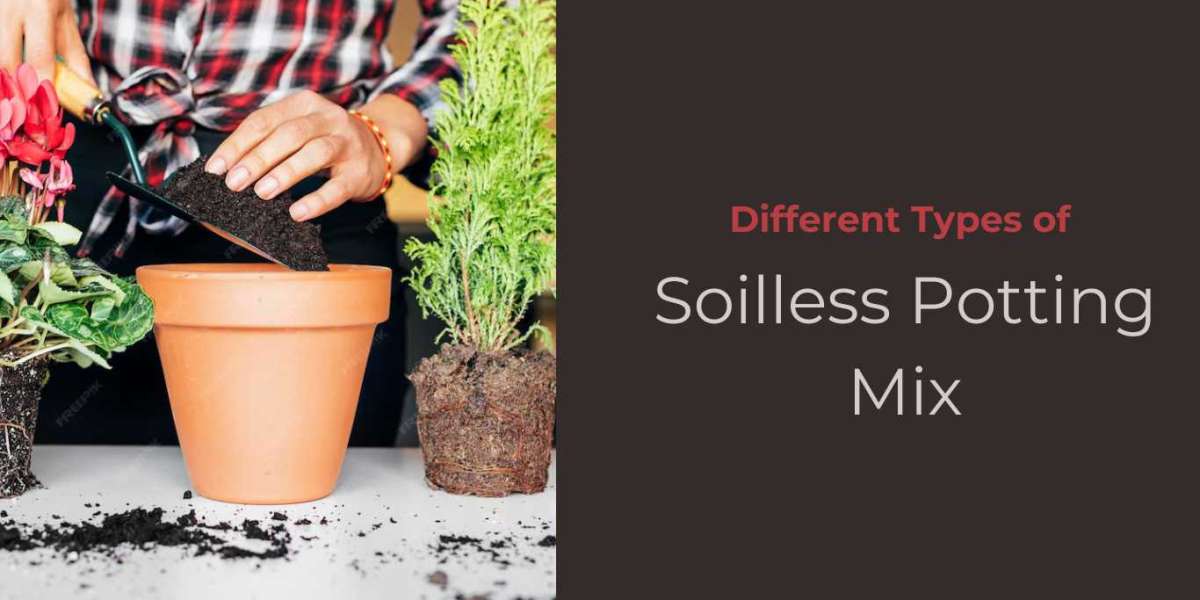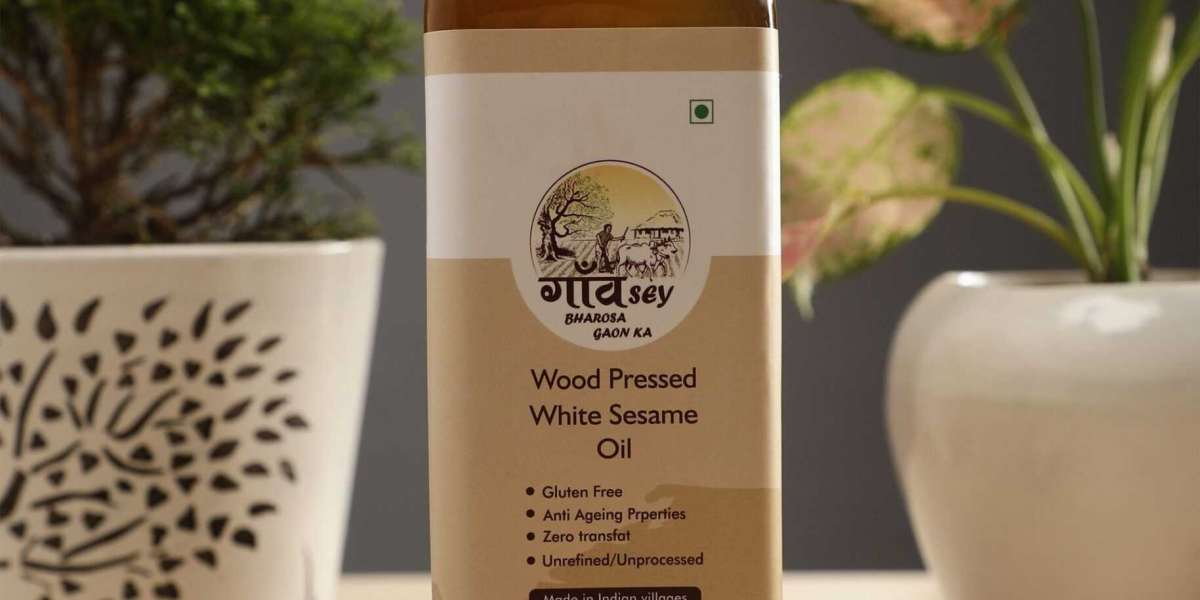As we delve into the art and science of gardening, we encounter various innovative methods designed to optimize plant growth and health. One such approach is soilless potting mixes, which has revolutionized how we grow plants, particularly in containers and indoor environments. These soilless mediums offer several benefits over traditional soil, including improved aeration, better drainage, decreased risk of soil-borne diseases, and controlled nutrient management. However, not all soilless potting mix is created equal, and choosing the right mix can be pivotal to the success of your gardening endeavors. This article explores the different types of soilless potting mixes available and guides on selecting the appropriate mix for various plants.
What is Soilless Potting Mix?
Before we delve into the types of soilless potting mixes, we must understand what these mediums are. Unlike traditional gardening soil, soilless potting mixes do not contain any soil (earth) but are composed of a blend of various organic and inorganic materials. These mixes are designed to provide plants with support, moisture, and nutrients needed for growth, without the complications that come with garden soils such as weeds, pests, and diseases.
Types of Soilless Potting Mixes
- Peat-based Mixes
Due to its excellent water retention properties and aeration, peat moss is a common base ingredient in soilless potting mixes. These mixes often contain a blend of peat moss with perlite or vermiculite to improve drainage and nutrient-holding capacity. Peat-based mixes are suitable for a wide range of plants, especially those requiring moist conditions. However, concerns over the sustainability of peat harvesting have led some gardeners to seek alternative mixes.
- Coir-based Mixes
Coir, made from the processed fibers of coconut husks, serves as a sustainable alternative to peat moss. Coir-based mixes offer good water retention and drainage and are particularly suitable for plants that thrive in slightly drier conditions. These mixes can also contain perlite or vermiculite to enhance their properties.
- Bark-based Mixes
Bark-based mixes, primarily composed of finely ground bark from trees like pine or fir, are designed for plants that require excellent drainage and lower moisture levels. These mixes are ideal for orchids, bromeliads, and anthuriums, among other epiphytes, that benefit from quick-drying conditions and ample air space around the roots.
- Perlite and Vermiculite Mixes
Perlite and vermiculite, both volcanic materials, are often added to soilless mixes to improve aeration and moisture retention, respectively. However, they can also be combined in varying ratios to create standalone potting mixes. These mixes are particularly useful for seed starting and rooting cuttings, where moisture control and aeration are crucial.
- Specialty Mixes
In addition to the above, several specialty soilless mixes cater to specific plant types. For instance, succulent and cactus mixes often contain a higher proportion of sand or fine gravel to ensure rapid drainage. Similarly, carnivorous plant mixes may blend peat with sand and perlite to create an acidic environment with excellent drainage.
Selecting the Right Soilless Potting Mix for Your Plants
The key to selecting the right soilless potting mix lies in understanding the specific needs of your plants. Consider the following factors when making your choice:
Moisture Requirements: Opt for peat or coir-based mixes for plants that prefer consistently moist conditions, and bark-based or sand-enhanced mixes for plants requiring drier soils.
Aeration Needs: If your plants are prone to root rot or require ample oxygenation at the roots, select mixes with high perlite content.
PH Preferences: Some plants thrive in acidic conditions, while others prefer neutral or slightly alkaline environments. Adjust the composition of your soilless mix accordingly, or choose specialty mixes designed for such needs.
Advantages of Using Soilless Potting Mixes
The use of soilless potting mixes offers several advantages, including:
- Disease Prevention: Soilless mixes are sterile, significantly reducing the risk of soil-borne diseases.
- Weed Reduction: With no soil, there are fewer chances for weeds to sprout within your pots.
- Better Growth Control: Soilless mixes provide more control over the nutrient and moisture environment of your plants, potentially leading to healthier, more vigorous growth.
- Versatility: These mixes can be customized or chosen based on the specific requirements of each plant, allowing for a tailored growing environment.
Conclusion
The adoption of soilless potting mixes, such as Cocopeat Soil for Plants, represents a significant advancement in gardening practices, offering gardeners a more controlled, efficient, and sustainable way to cultivate their plants.














